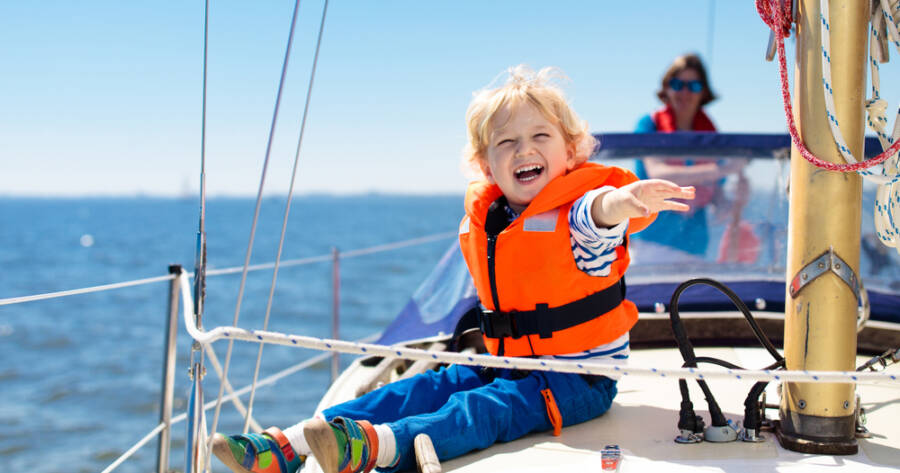Boating offers a refreshing way to unwind, connect with nature, and enjoy time with family and friends, but it also demands careful attention to safety. Whether navigating calm lakes or venturing into coastal waters, boaters face risks that can escalate quickly without proper preparation. Each year, avoidable accidents lead to injuries and property damage, often due to lapses in judgment or missing safety gear. With the right awareness and habits, those risks can be greatly reduced, allowing every outing to remain enjoyable and secure.
1. Wear a Life Jacket—Always
One of the simplest and most effective ways to stay safe on the water is to wear a U.S. Coast Guard-approved life jacket. It’s not enough to have them on board—everyone should be wearing one, especially during rough conditions or high-speed activities like water skiing or tubing. Many drowning victims were found not wearing life jackets, even when they had access to them.
Choose a life jacket that fits properly, and make sure it’s suitable for your age, size, and activity level.
2. Check the Weather Before You Go
Weather conditions can change quickly on the water. Always check the local forecast before heading out, and stay aware of signs like dark clouds, sudden temperature drops, or increasing winds. If a storm is approaching, head back to shore immediately.
Use weather apps or marine radios to monitor conditions while on the water.
3. Follow Navigation Rules and Signals
Boating has its own set of “rules of the road,” much like driving a car. Learn and follow basic navigation rules, including right-of-way, speed limits, and safe passing distances. Understanding navigation markers, buoys, and lights is also crucial for avoiding collisions and running aground.
Taking a boating safety course is a great way to become familiar with these rules and boost your confidence on the water.
4. Never Boat Under the Influence
Operating a boat while under the influence of alcohol or drugs is illegal and extremely dangerous. Impairment affects your reaction time, judgment, and coordination—all of which are critical to operating a boat safely. Many boating accidents involve alcohol, and penalties can include fines, jail time, and loss of your boating privileges.
Save the celebratory drinks for after you’re safely back on shore.
5. Create and Share a Float Plan
A float plan is a simple but effective safety measure. Before you head out, let someone on land know your boating plans, including:
- Where you’re going
- Who’s with you
- What time you plan to return
- The type and name of your vessel
In case of an emergency, this information helps authorities locate you more quickly.
6. Keep Safety Gear Onboard
Always carry essential safety equipment on your boat, including:
- Life jackets for each person
- A fire extinguisher
- Visual distress signals (flares, flags)
- A whistle or horn
- A first aid kit
- An anchor and rope
- A fully charged cell phone or marine radio
Regularly check that all equipment is in good working condition and easily accessible.
7. Maintain Your Boat Regularly
A well-maintained boat is essential for safe operation. Routine checks of the engine, fuel lines, battery, lights, and steering system can prevent mechanical failures that often lead to emergencies on the water. Schedule professional inspections at least once a year, and perform quick checks before every outing. Keeping your boat in top condition ensures reliability, safer navigation, and smoother adventures overall.
Safety First, Fun Always
Safe boating begins with mindful preparation and continues with responsible behavior on the water. By prioritizing life jackets, monitoring weather, respecting navigation rules, and staying sober, boaters dramatically reduce the likelihood of preventable accidents. Each precaution may seem small on its own, but together they create a strong safety foundation that protects everyone on board. Maintaining well-equipped boats and sharing float plans further ensures that help can be reached quickly if the unexpected occurs.
Ultimately, the goal of boating safety is not to limit fun but to safeguard it. When you approach each trip with awareness and respect for the water, you create an environment where friends and family can relax without worry. Responsible habits allow every adventure—whether fishing, cruising, or exploring new waterways—to end with lasting memories instead of emergencies. With preparation and care, boating remains one of the most rewarding ways to enjoy the outdoors.
